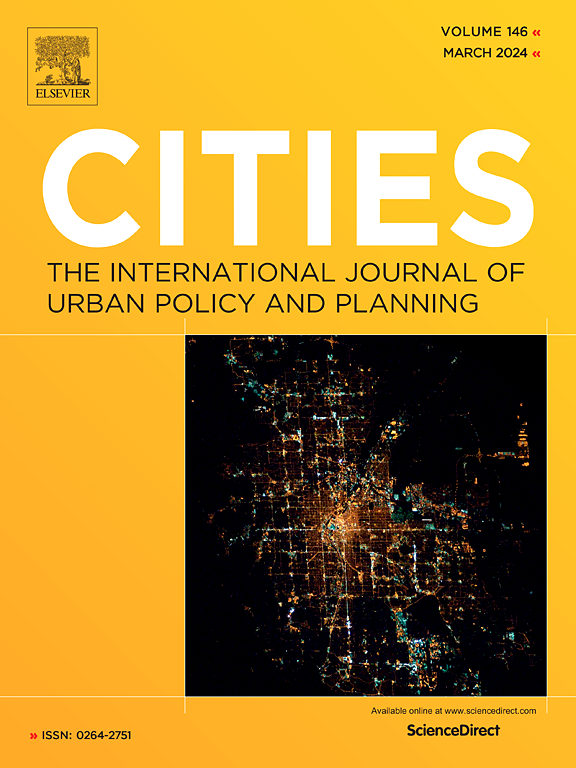Identification of the potential for roof greening using remote sensing and deep learning
IF 6
1区 经济学
Q1 URBAN STUDIES
引用次数: 0
Abstract
Under the mounting pressure from global warming, green roofs emerge as a valuable source for climate adaptation, particularly in compact metropolises where green space is limited. Consequently, there is a need to quantitatively evaluate the potential for roof greening where it is most needed and suitable. Despite the increasing importance of this issue, there have been limited studies on the effectiveness of remote sensing and deep learning in identifying the potential for roof greening in many cities. To address this, we have created a GreenRoof dataset, comprising approximately 6400 pairs of remote sensing images and corresponding masks of roofs with high greening potential in four European cities. Afterward, we exploit the capabilities of deep learning methods to identify roofs that are suitable for greening from remote sensing images. Using 15 German cities as a case study for future urban rooftop planning, we estimate the spatial potential for retrofitting green roofs. Structural parameters for prioritizing green roof implementation include vegetation coverage, thermal environment, and building density. Results indicate that the total area suitable for green roof retrofitting exceeds 20 % of the roof area in the 15 German cities examined. The spatial analysis effectively reflects variation in demand and suitability for green roof retrofitting across different cities. In conclusion, this study provides a versatile screening approach utilizing remote sensing, deep learning, and spatial analysis, which can be readily adapted to inform municipal policies in other cities aiming to promote green roofs and enhance sustainable urban development.
求助全文
约1分钟内获得全文
求助全文
来源期刊

Cities
URBAN STUDIES-
CiteScore
11.20
自引率
9.00%
发文量
517
期刊介绍:
Cities offers a comprehensive range of articles on all aspects of urban policy. It provides an international and interdisciplinary platform for the exchange of ideas and information between urban planners and policy makers from national and local government, non-government organizations, academia and consultancy. The primary aims of the journal are to analyse and assess past and present urban development and management as a reflection of effective, ineffective and non-existent planning policies; and the promotion of the implementation of appropriate urban policies in both the developed and the developing world.
 求助内容:
求助内容: 应助结果提醒方式:
应助结果提醒方式:


